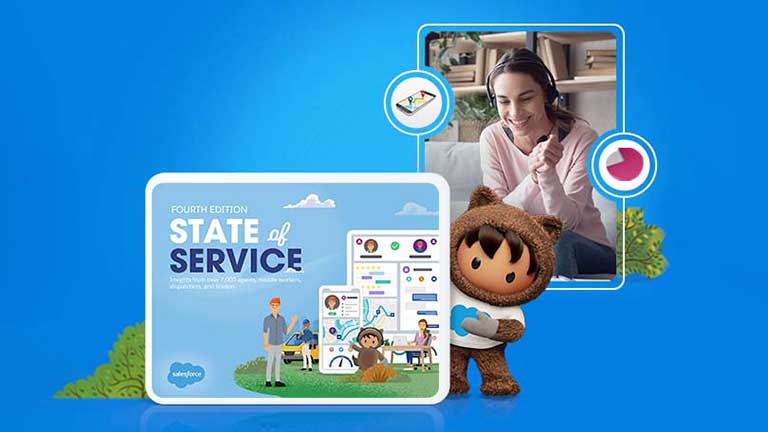How a Case Management System Helps Your Business Provide Top-Notch Customer Service
Track every customer concern to a satisfying experience.

of customers say good customer service makes them more likely to make another purchase.
“State of the Connected Customer,” Salesforce, October 2020.
Customers may start their request via phone, chat, SMS, email, or social media and choose to move to another channel depending on their need. Salesforce research has found that 76% of customers prefer different channels depending on the context.
A good case management system ensures a seamless process for both the customer and the service agent from start to finish, no matter the communication channel. It connects the entire service organisation and gives agents everything they need to resolve a case, including activity history, next best actions, and critical customer information.
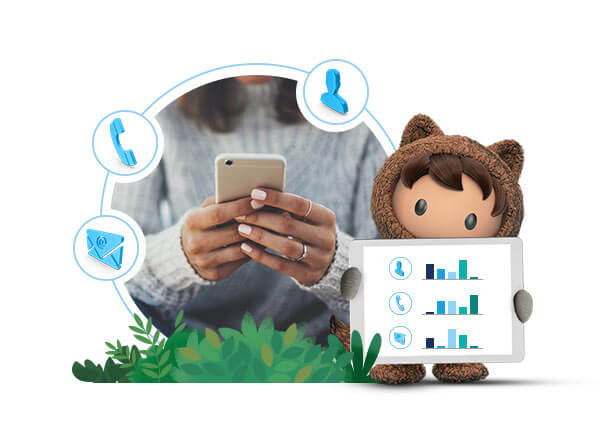
What is a case management system?
A case management system lets a company collect and organise customer service interactions that occur on any channel. The system tracks each case to resolution and beyond.
A modern case management platform pulls customer requests into a database, where customer service agents can view and respond to them. Case management tools allow agents to categorise and manage requests. Other team members can also review cases and resolutions and aggregate information to help the company improve products and business processes.
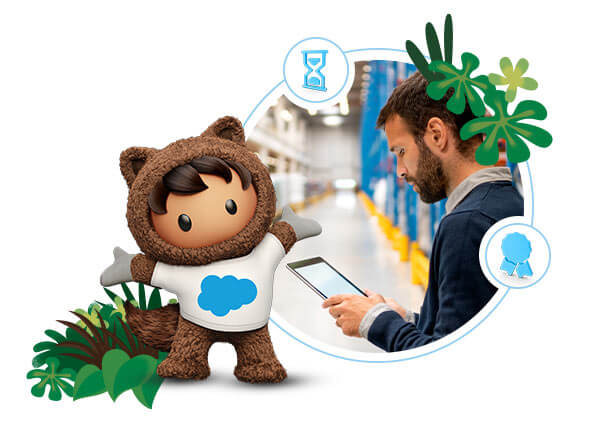
How does a good case management system help a business?
1. Understand your customers better
2. Assign the right agent to expedite resolutions
3. Automate tasks to empower your agents

Uncover the key features for a case management system
Give everyone a single view
Deliver support anywhere
Make strategic decisions with your data
Offer intelligent self-service
Blog
Customer Effort Score Cracks the Top 5 Most-Measured Service Metrics
Blog
What You Can Do in One Hour to Enhance Your Customer Self-Service
Blog
Industry Leaders Highlight the 3 Trends in Customer Service You Need to Know Now
Improve case management with Salesforce Service Cloud.
See how to:
- Enable omni-channel routing to improve case resolutions
- Use automation to help agents focus on the customer
- Support customers across channels with a 360-degree view
More Resources
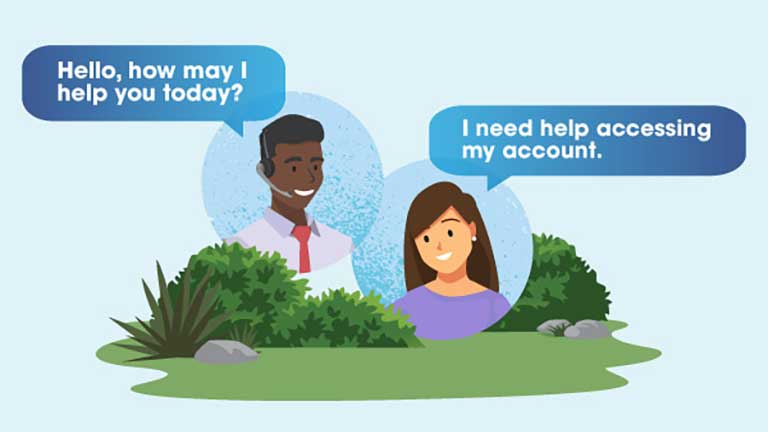
7 Best Practices for Top-Notch Customer Service
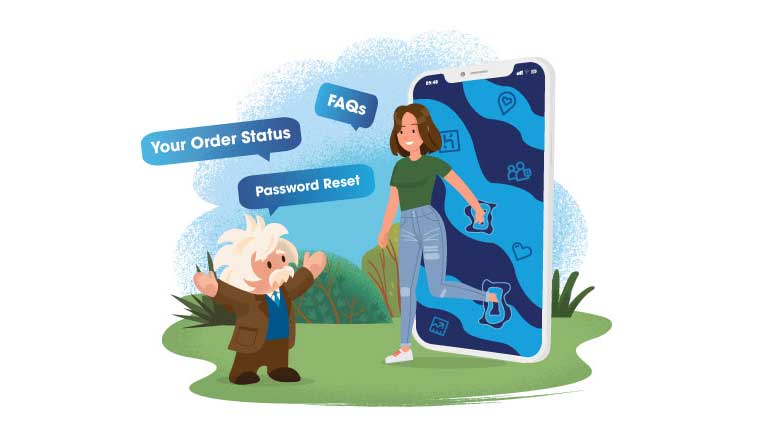
The Importance of Customer Self-Service Portals
